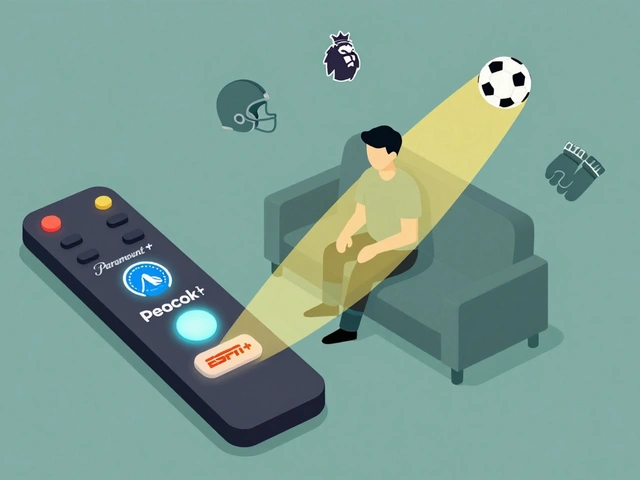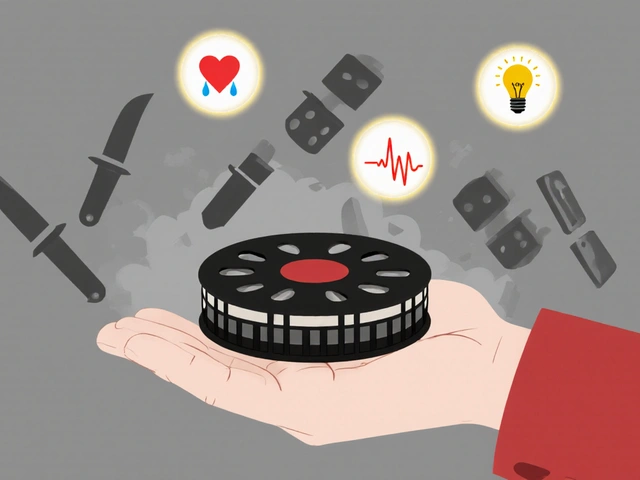Health Misinformation: How to Spot False Claims
Ever read a headline that promised a miracle cure and wondered if it was real? You’re not alone. Health misinformation spreads faster than most news, and it can hurt your body, wallet, and peace of mind. Understanding the tricks behind false claims helps you stay safe and share only reliable info.
One reason fake health stories travel so far is that they play on fear and hope. A scary statistic or a “secret” remedy catches attention, so people click, share, and repeat the story without checking it. Social media algorithms boost content that gets reactions, which often means the most outrageous health claims get the most reach. This cycle creates a perfect storm where misinformation flourishes.
Common Types of Health Misinformation
Typical examples include miracle diets that claim rapid weight loss, “detox” teas that say they cleanse your body, and conspiracy theories about vaccines. Another frequent lie is the “one‑time cure” for chronic diseases – something a single supplement will fix everything. These stories usually lack scientific references and rely on anecdotal evidence or fabricated quotes. They also exploit confirmation bias: if a claim matches what you already believe, you’re more likely to accept it without question.
Fake studies are also a problem. Some sites create bogus research papers, complete with graphs, to look legit. Others quote real studies out of context, twisting the results to fit a narrative. Even reputable news outlets can slip up if they rush to publish a sensational health tip without proper fact‑checking. The result is a mix of half‑truths that can confuse anyone trying to stay healthy.
The impact goes beyond confusion. Misleading health advice can lead people to skip proven treatments, waste money on useless products, or even suffer serious side effects. Public health agencies warn that misinformation around vaccines and antivirals has delayed disease control efforts in several countries. That’s why spotting false claims matters for you and for society.
Practical Steps to Verify Health Info
First, look at who is publishing the story. Government health agencies, reputable hospitals, and peer‑reviewed journals are usually safe. If the website has a weird domain name, no clear author, or no contact info, be skeptical.
Second, check for citations. Real articles link to original studies, and those studies should be available on databases like PubMed. If the piece only mentions “scientists say” without a source, that’s a red flag.
Third, compare the claim with other reliable sources. A quick search on the CDC, WHO, or a major medical organization can confirm whether the information is accepted by experts.
Fourth, ask a professional. Your doctor or a qualified pharmacist can tell you if a treatment sounds off. Even a short phone call can save you from trying an untested product.
Fifth, watch the language. Words like “miracle,” “guaranteed,” “cure‑all,” or “secret” are warning signs. Reliable health writing uses balanced language and acknowledges uncertainty.
Sixth, use fact‑checking websites that specialize in health claims, such as HealthFeedback or Snopes. They often break down why a claim is false and point you to the original research.
Finally, consider the date and possible conflicts of interest. Out‑of‑date advice may no longer be valid, and a post sponsored by a supplement company is likely biased.
By applying these steps, you can cut through the noise and protect yourself from harmful advice. Remember, a healthy mindset starts with questioning what you read, not just scrolling past it.
Keep these tips handy the next time you see a shocking health headline. When in doubt, pause, verify, and choose sources that prioritize science over sensationalism. Your body will thank you for the extra care.
20
Can You Trust Online Medicine Advice? Risks, Signs & Reliable Sources
Explore how to evaluate online medicine advice, spot misinformation, and rely on trustworthy sources for safe drug information and health decisions.
Latest Posts
Popular Posts
-
 How to Cancel Paramount+: Step-by-Step Guide
How to Cancel Paramount+: Step-by-Step Guide
-
 How to Find All Your Streaming Subscriptions and Stop Overpaying
How to Find All Your Streaming Subscriptions and Stop Overpaying
-
 Special Effects vs. Visual Effects: What’s the Difference in Movie Magic
Special Effects vs. Visual Effects: What’s the Difference in Movie Magic
-
 Paramount+ with Showtime vs. Peacock Premium vs. ESPN+: Which Sports Add-On Fits Your Viewing Habits?
Paramount+ with Showtime vs. Peacock Premium vs. ESPN+: Which Sports Add-On Fits Your Viewing Habits?
-
 Four Weddings and a Funeral Review: Why It’s Still the Gold Standard of ’90s Rom-Coms
Four Weddings and a Funeral Review: Why It’s Still the Gold Standard of ’90s Rom-Coms



